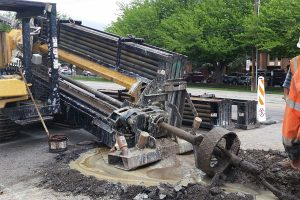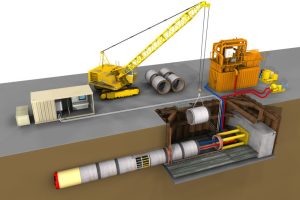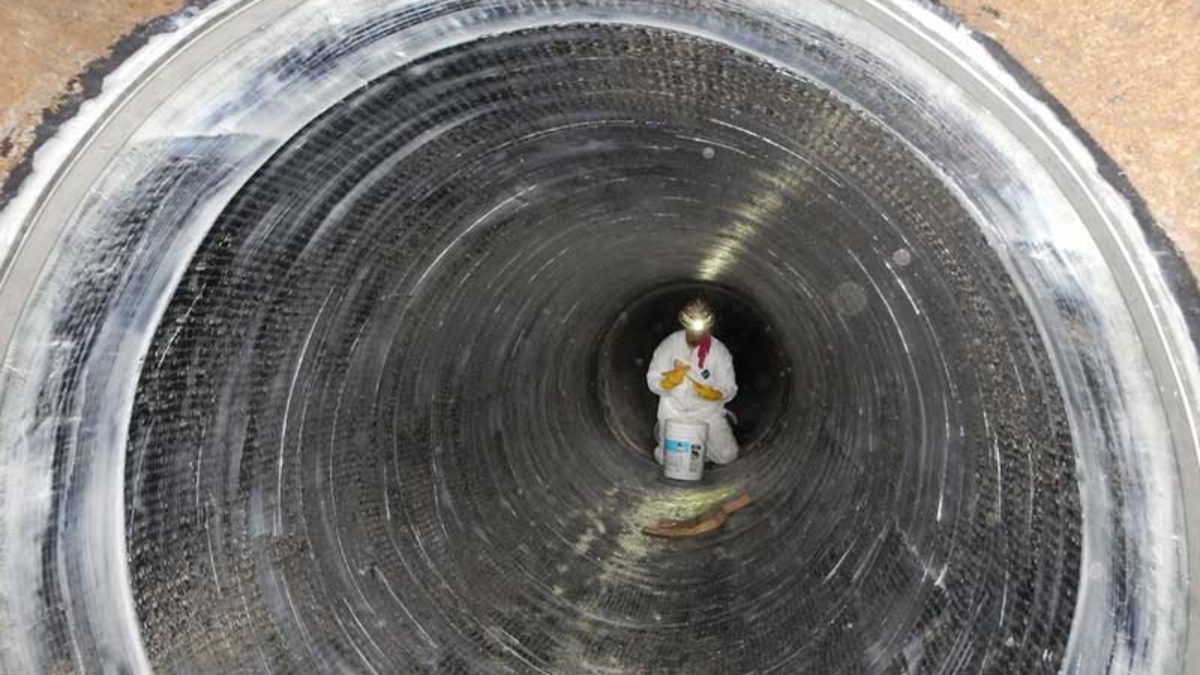Trenchless Methods for Pipe Installation: A Comprehensive Guide
The traditional method of excavating trenches for pipe installation has been the norm for decades, but in recent years, trenchless methods have gained popularity for their efficiency and minimal environmental impact. This article delves into the world of trenchless technology, exploring various methods, their benefits, and applications.
Benefits of Trenchless Methods
Trenchless methods offer several advantages over traditional excavation, making them a preferred choice for many infrastructure projects. Some key benefits include:
- Minimal Disruption: One of the primary advantages of trenchless methods is the minimal disruption to the surrounding environment. Unlike traditional excavation, there is no need for extensive digging, reducing the impact on landscapes and existing structures.
- Cost-Effective: Trenchless methods can be more cost-effective in the long run. While the initial investment may be higher, the savings in labor, restoration, and project duration often outweigh the upfront costs.
- Rapid Installation: Trenchless techniques can significantly speed up the installation process. This is especially beneficial in urban areas where minimizing the construction timeline is crucial to reducing inconvenience to residents and businesses.
Popular Trenchless Methods
Several trenchless methods have emerged as reliable alternatives to traditional excavation. Here are some of the most popular ones:
1. Horizontal Directional Drilling (HDD)
HDD is a trenchless method that involves drilling a horizontal hole beneath the surface to install pipes, conduits, or cables. This method is highly effective for projects requiring the crossing of obstacles such as roads, rivers, and existing structures.

2. Microtunneling
Microtunneling is a precise and controlled trenchless method used for the installation of small-diameter pipes. It utilizes a microtunnel boring machine to excavate the soil and simultaneously install the pipe. This method is ideal for projects with space constraints or where traditional excavation is impractical.
3. Pipe Bursting
Pipe bursting is a trenchless method employed to replace existing pipelines with minimal excavation. A bursting head is used to fragment the old pipe, and a new pipe is simultaneously pulled into place. This method is advantageous for replacing deteriorating or damaged pipes without the need for extensive digging.
4. Cured-in-Place Pipe (CIPP)
CIPP is a rehabilitation technique that involves inserting a resin-saturated liner into an existing pipe and curing it in place. This method is effective for repairing and reinforcing deteriorating pipes, reducing the need for excavation and minimizing environmental impact.
Applications of Trenchless Technology
Trenchless methods find applications across various industries and infrastructure projects. Some common applications include:
- Water and Sewer Line Installation and Rehabilitation
- Telecommunication Cable Installation
- Gas Pipeline Installation and Replacement
- Electrical Conduit Installation
- Renewable Energy Projects
As technology continues to advance, the applications of trenchless methods are likely to expand, offering even more solutions to the challenges of traditional excavation.
Conclusion
Trenchless methods have revolutionized the field of pipe installation by providing efficient and environmentally friendly alternatives to traditional excavation. The benefits of minimal disruption, cost-effectiveness, and rapid installation make these methods increasingly popular across various industries. As technology evolves, the future of trenchless technology looks promising, offering innovative solutions to the challenges of underground infrastructure projects. https://drillitco.com.au/directional-drilling-gold-coast/


